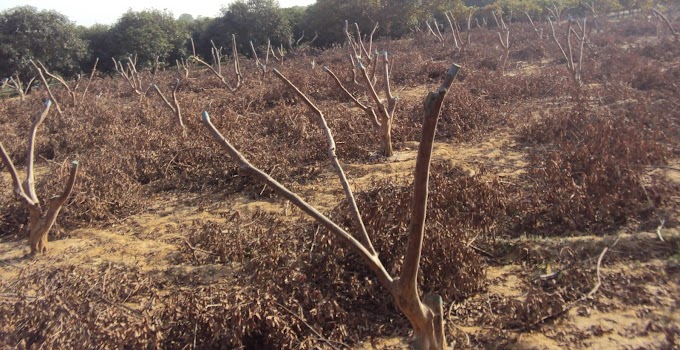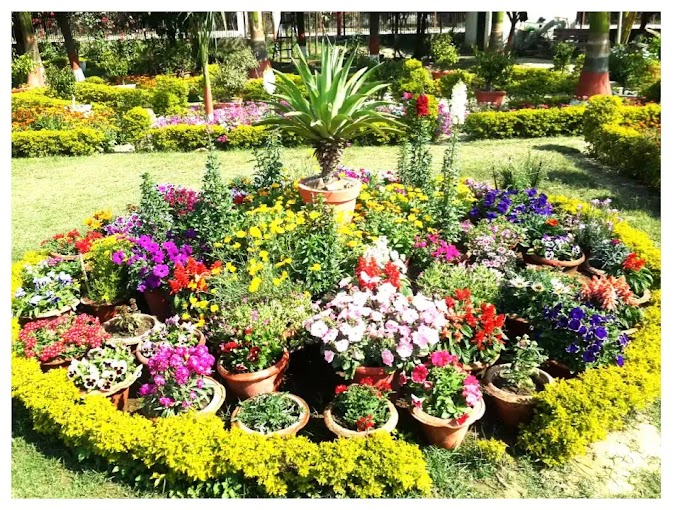Climate: Apple is a typical temperate zone fruit which requires 1000 to 1600 hrs chilling below to 70C temperature in winter to break the rest period. The temperature during flowering plays important role in yield and quality of the fruits and the range of temperature from 100C- 200C in April results good fruit set and quality.
Shading effect reduces the red colour of fruits’ peel because anthocyanin content of peel is influenced by light
Manures and Fertilizers: The manures and fertilizers dose varies
according to age of tree, cultivars, soil and fruit bearing load. The soil and
plant tissues analysis are the more reliable methods to determine the manures
and fertilizers dose in apple. Normally 10 kg FYM, 70 g N, 35 g P and 70g K per
year should be applied in 1-year-old apple tree. Additional dose of equal
amount should be increased every year up to 10 years thereafter dose is
stabilized to 100 kg FYM, 700 g N, 350 g P and 700g K per plant per year for
coming years. The full dose of FYM , P and K should be applied during December
before snowfall and half dose of N should be applied during February-March.
Rest half N should be applied during March-April just after fruit set. The
manures and fertilizers should be mixed with soil covered by tree canopy
leaving circular area of 30 cm radius around the trunk. If deficiency symptoms
appear micro nutrients like B, Zn, Mn and Ca should be sprayed at 0.1%, 0.5%,
0.4% and 0.5% concentrations, respectively.
Planting: The pits of 1x1x1m size should be dug and filled at least one month before the planting. The top soil and sun soil of the pit should be piled separately during digging. The sub soil should be filled first following top soil filling to get the good fertile soil at bottom of the pit. The 50 kg well rotted FYM or compost and 500 g single super phosphate per pit should be mixed thoroughly with soil before filling. The square or hexagonal planting system is suitable in flat areas while contour system of planting is best for sloping areas. The distance of planting is depending on agro-climate, soil fertility, cultivars, training and pruning system adopted and types of root stock. Normally 5-6 m spacing is kept for vigorous and semi dwarf root stocks and 1.5- 3.0 m for very dwarf to dwarf root stocks. The 500 to 1500 plants /ha can be accommodated under high density planting.
Planting: The pits of 1x1x1m size should be dug and filled at least one month before the planting. The top soil and sun soil of the pit should be piled separately during digging. The sub soil should be filled first following top soil filling to get the good fertile soil at bottom of the pit. The 50 kg well rotted FYM or compost and 500 g single super phosphate per pit should be mixed thoroughly with soil before filling. The square or hexagonal planting system is suitable in flat areas while contour system of planting is best for sloping areas. The distance of planting is depending on agro-climate, soil fertility, cultivars, training and pruning system adopted and types of root stock. Normally 5-6 m spacing is kept for vigorous and semi dwarf root stocks and 1.5- 3.0 m for very dwarf to dwarf root stocks. The 500 to 1500 plants /ha can be accommodated under high density planting.







